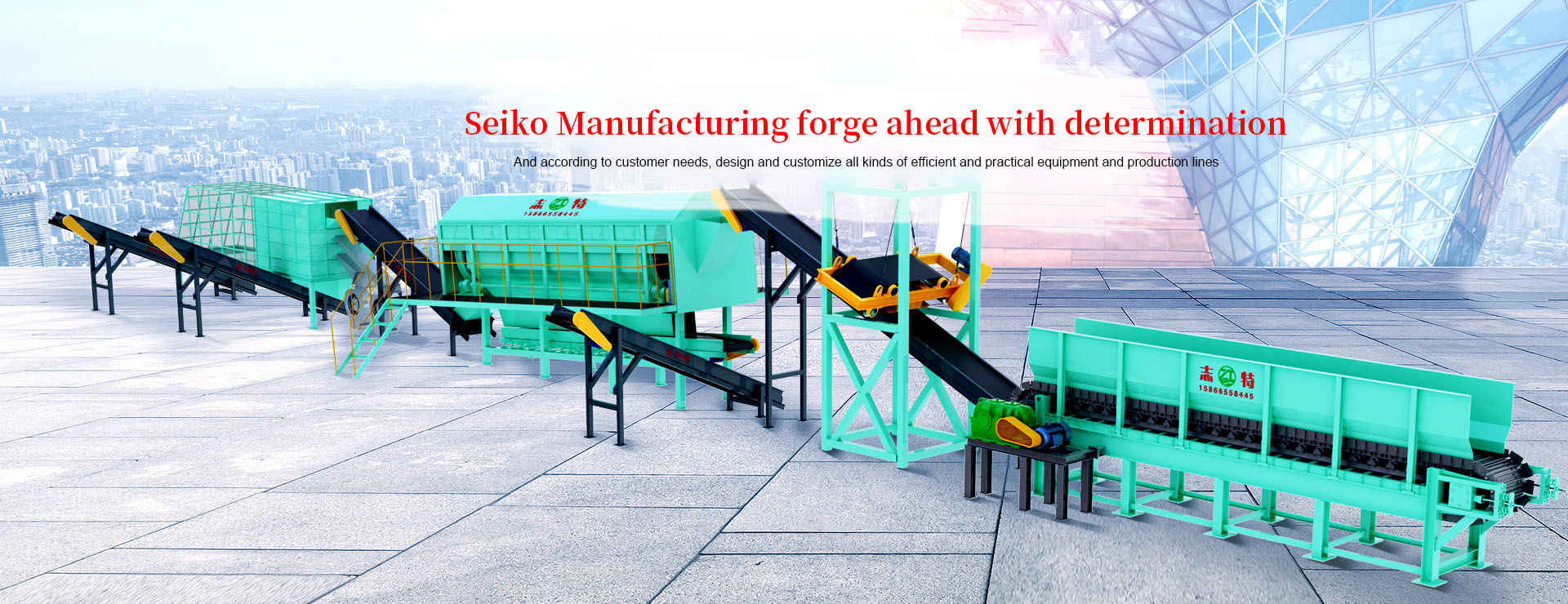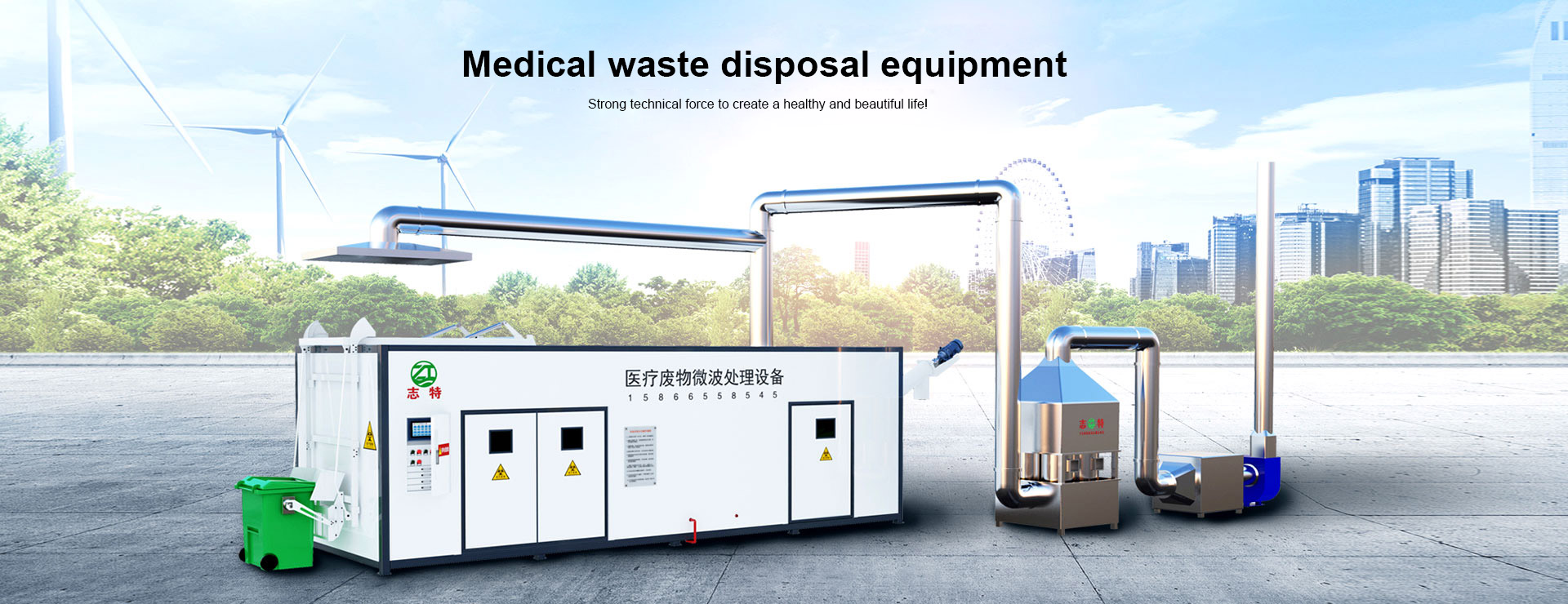In the current international application of more medical waste treatment methods, the first push high temperature incineration treatment method, the reason is that this technology has a wide range of adaptation, the waste after treatment is difficult to identify, thorough disinfection and sterilization, the capacity reduction effect is significant, the relevant standards and specifications are complete, mature technology and other advantages, over the years has been widely used in the international.
In developed countries such as the United States and Europe, the non-incineration treatment technologies of medical waste that are widely used at present mainly include high-pressure steam treatment technology, microwave treatment technology and chemical treatment technology, as well as electric arc furnace treatment technology and plasma treatment technology, and the latter two technologies are not widely used.
The disposal of medical waste in China has just begun, and there is still a big gap compared with developed countries in the world. In order to change the backward situation of disposal technology and management, the regulations of medical waste should be gradually improved, and the safe treatment scheme of medical waste should be studied and formulated as soon as possible.
In 2002, the total amount of medical waste produced in the country was about 650,000 tons, and the average daily production was 1780 tons. By 2010, the number of beds in medical institutions is expected to increase by 5 per cent compared with 2002. The amount of medical waste generated will reach 680,000 tons. From the distribution of medical waste production, in addition to a few provinces, other provinces and autonomous regions produce relatively little, and in addition to the large cities of Beijing and Shanghai, the production of medical waste in other regions is more dispersed and not easy to concentrate. The amount of medical waste produced is prone to large fluctuations.
At present, less than 10% of the centralized disposal, a large number of medical waste and domestic waste mixed landfill, posing a serious threat to the environment, for the breeding and spread of diseases buried a major hidden danger. With the increase of population and medical institutions, the improvement of medical conditions, the production of medical waste is increasing year by year, its harm is more serious, the incidence rate is increased, and the medical waste generated is increasing, so a vicious circle, the social loss will be incalculable.



